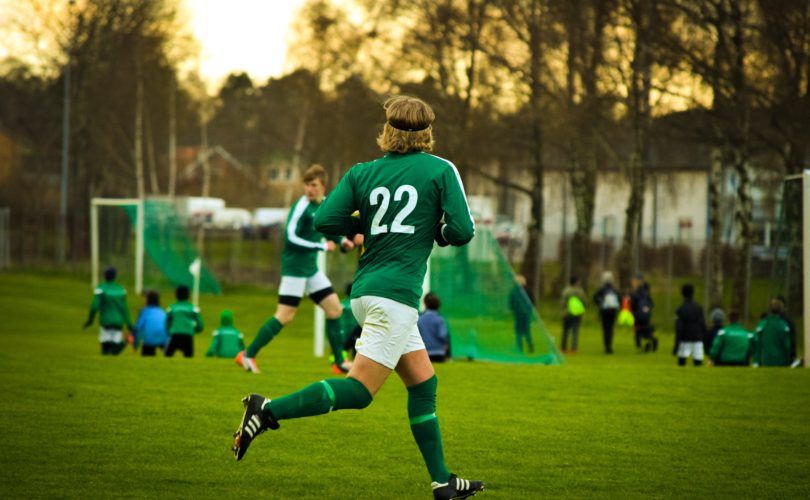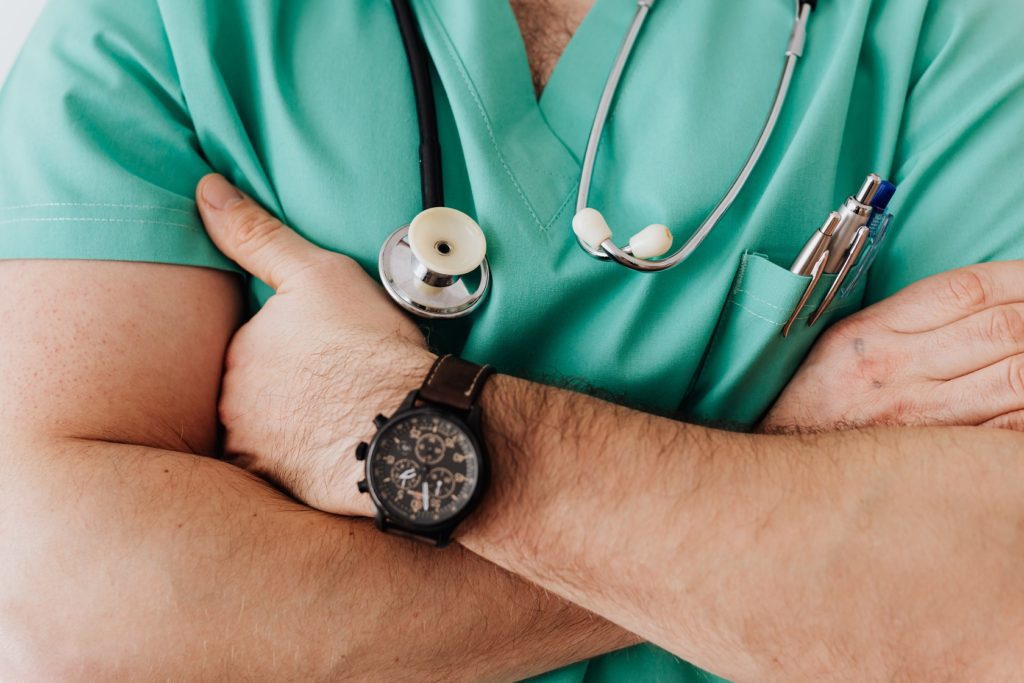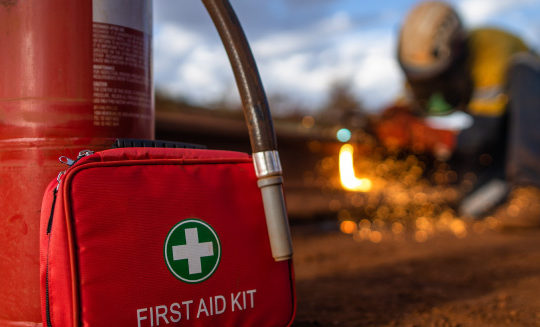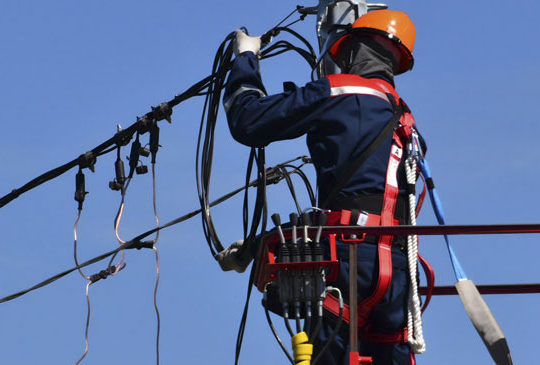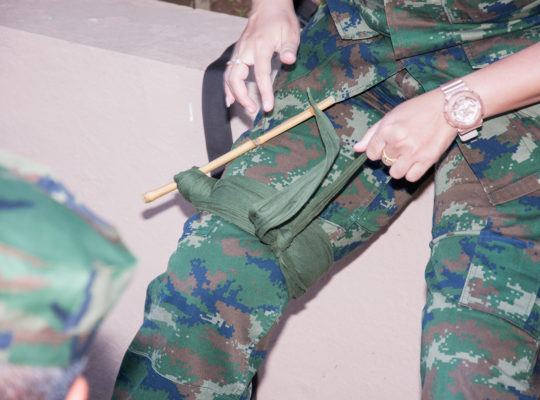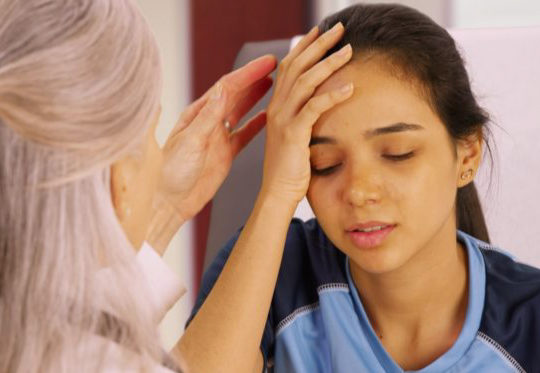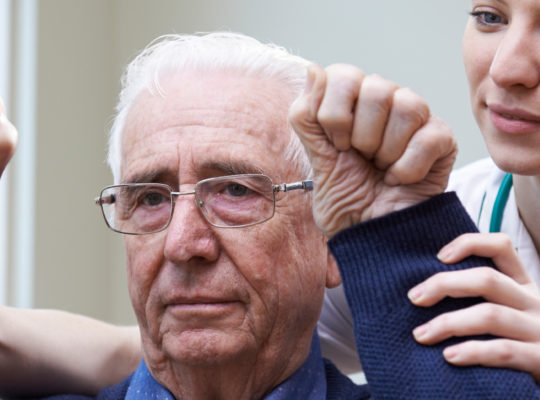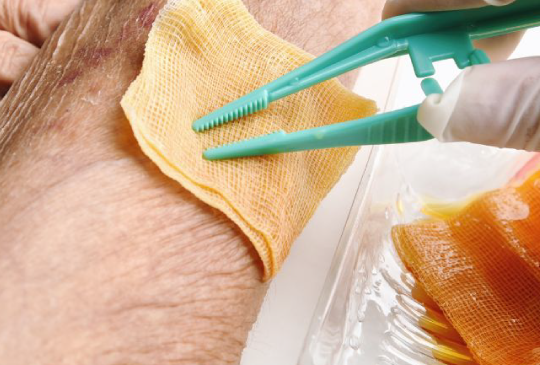As winter begins to ebb, and the plants begin to bloom, it’s time for spring sports to resume. While spring is always welcome, it has its own set of dangers, with ‘spring fever’, potentially being the worst of them. Athletes who are itching to get back onto the field are at a high risk of sustaining injuries. Most athletes want to dive right back in, but some do not take good enough care of their bodies during the off season. This physical “rust” will easily and often lead to injuries. There is a lot of preparation that needs to go into ensuring a safe and healthy season. It is crucial that you take the proper steps to prepare for your upcoming spring sports. This can save you from serious injury.
Proper Conditioning
Keeping your body in shape during the off season is the best option. It only takes 1-2 weeks to lose cardio capabilities, and 2-3 weeks for physical strength to noticeably decay (source). If you aren’t able to keep your conditioning during the off season, trying to get that fitness back will be very hard. Especially if you are on a very competitive team that has strenuous practices. This would be like storing a car in a garage for two years and expecting it to handle going max speed for as long as possible.
Physical conditioning is a pre-season warm-up that helps your body work its way back up to peak athletic performance, “According to the National Children’s Hospital, 50% of injuries could have been avoided if the athletes had been properly conditioned before competing in their respective sport” (source).
Conditioning helps prevent injuries by maintaining muscular strength, and endurance, which reduces the chance of injury improving performance and confidence on the field. Conditioning regiments can also be individualized to a player’s previous injuries and/or strengths and weaknesses.
Getting Assessed
Scheduling a physical with your doctor can ensure you start the season to a healthy start. They may be able to offer further insight into any known weakness. Most schools require this prior to the start of the season. Attending a physical with your physician may also reveal underlying health issues.
Familiarizing yourself with the coach and team and opening that line of communication will help communication throughout the season.
Equipment & Education
As with any sport that requires protective gear, make sure that everything is in good condition and properly fitted. This is especially important for athletes in elementary and high school because of how much their bodies can change season to season. Buying new equipment on a yearly basis may be necessary.
Educate yourself on the risks associated with your sport. In almost every sport, concussions are a major risk. Knowing the symptoms of concussions and educating teammates will help you recognize one fast if it occurs. Other common risks include:
-ACL tears- The ACL (anterior cruciate ligament) connects the femur to the tibia, and is responsible for stabilization and movement of your knee tape. ACL tears occur in sports that require quick stops and changes in direction like basketball, soccer, tennis, etc.
-Ankle Sprain – This occurs most often when the foot turns inward, stretching and tearing the ligaments on the outer ankle.
-Shin Splints – Generally occurring in those who run long distances, this comes from overuse of the muscles and tendons that run along the front of the shin.
-Groin Pull – Common in hockey and soccer, this occurs when the inner thigh muscles are overextended.
There are more injuries to keep an eye out for depending what sport you are playing.
Supplies
Even if you take every precaution and do everything to protect you body, injuries can still happen. For these cases it is great to have the proper first aid supplies on hand. The following is a list of recommended items for treating sports injuries:
–Instant Cold Packs – Perhaps the most important of all sports supplies, Cold Packs are an integral part of the RICE treatment that is recommended for most basic sports injuries.
–Instant Heat Packs – Heat will relax tense muscles between games.
–Braces and Supports – You should wear these at a doctor’s recommendation, but they will help fractures and sprains heal more efficiently.
-Muscle Rub – There are plenty of topical ointments that are designed to bring pain relief through sensations of heat and cold.
–Bandages – Bandages and gauze can easily help care for wounds sustained on an off the field.
–Athletic Tape and Pre-wrap – Athletic sports tape and pre-wrap are very useful tools for securing and treating sprains and pulls.
All of these items should come standard in any worth while sports first aid kit, but creating your own is also a great way to ensure you’ll be able to treat any injuries you and your teammates sustain.

